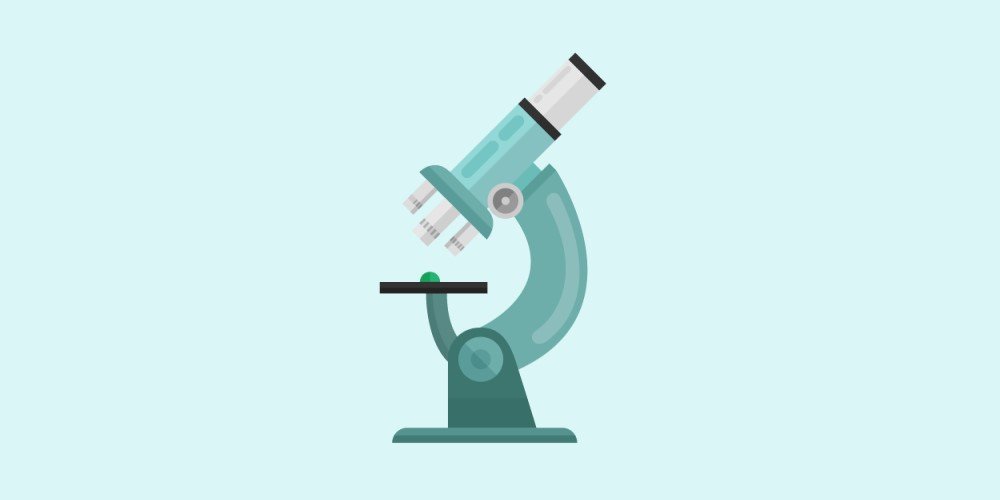Microscopes introduce your children to a whole new world. It opens them up to the world of science and sparks their interest and curiosity in the things unseen. Even if your child doesn’t go into the scientific field one day, it is an excellent opportunity to develop their thinking patterns and other skills that can benefit them for the rest of their lives. Here are just a few of the benefits of having a microscope for your child:
Two Major Different Types of Microscopes for Kids
There are two types of microscopes for kids: compound microscopes and stereo microscopes. Some microscopes only offer one type or the other, while others provide dual-functionality and can be both. Are you wondering what a stereo or compound microscope means? We’ve put together a quick explanation for you below.
Compound Microscopes
A compound microscope is the “classic” looking microscope with its light source positioned at the bottom of the scope, shining light up through the specimen and the eyepiece. Compound microscopes are used with either glass or plastic slides and allow you to view tiny details like cells and fibers. Because of the magnification required to view such fine details, this type of microscope requires high power. A compound microscope can have either one eyepiece (monocular) or two eyepieces (binocular) which are usually easier for younger kids to use.
Stereo Microscopes
A stereo microscope is essentially the reverse of a compound microscope. They positioned your light source at the top, with light shining down onto the specimen. This type of microscope requires less power than compound microscopes, as you don’t need as much magnification strength. Stereo microscopes allow you to examine larger specimen samples like rocks, coins, food, etc., in closer detail.
Some Ideas on What Your Kid can Look at Under a Microscope
Have the kids run out of ideas of things to look at under their microscope? We’ve got you covered with a helpful list of ideas for both compound and stereo microscopes!
Compound Microscopes
Stereo Microscopes
How to Make a Prepared Microscope Slide (DIY)
The method below is known as a wet mount slide. It’s the most common method of making prepared slides, and you can use it for all specimen samples, from plant material to food samples. You can also use concave slides if your specimen is too thick for a standard glass slide or if you’d like to prevent your slides from drying out too quickly. For things like feathers, you’ll want to skip the water and create a dry mount slide instead.
What You’ll Need:
- Plain glass slides
- Slide covers
- An adult to supervise
- Utility knife
- Water
- Q-tip or paper towel
- Eyedropper (optional)
- Tweezers (optional)
Step 1:
Using your utility knife, slice thin sections of the object you’d like to view. The thinner you make the slice, the easier it will be to view under the microscope.
Step 2:
Next, using an eyedropper, place a drop of water in the center of a blank glass slide. If you don’t have an eyedropper, you can use the tip of your finger. Make sure that the water droplet is bigger than the size of your specimen.
Step 3:
Using your tweezers, carefully place your specimen in the drop of water on the glass slide. If you don’t have tweezers, just use your fingers.
Step 4:
Carefully place a slide cover over your specimen. If you don’t have slide covers, you can also use another blank glass slide as a cover. You’ll want to avoid trapping any air bubbles under the slide cover. The best way to do this is by lowering the cover on one side first, allowing it to get wet, before slowly pushing out any air as you place the rest of the cover down over the specimen. A tight seal should form around your specimen.
Step 5:
Using a Q-Tip or the corner of a paper town, gently blot the excess water (if any).
Step 6:
The water should form a seal around the object you want to view. Use the corner of a paper towel to blot up any excess water at the edges of the coverslip.
Step 7:
And that’s it! Now you are ready to view your specimens under the microscope! Start with the lowest magnification first and slowly move up to a stronger setting to see more detail. If you find your slide drying out, you can enhance the seal around the specimen by applying a small amount of vaseline with a Q-Tip.


